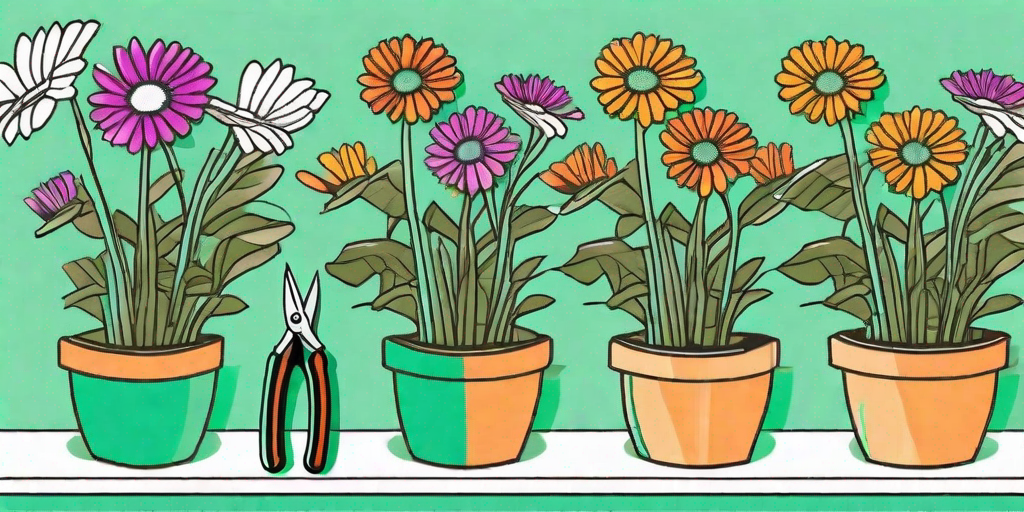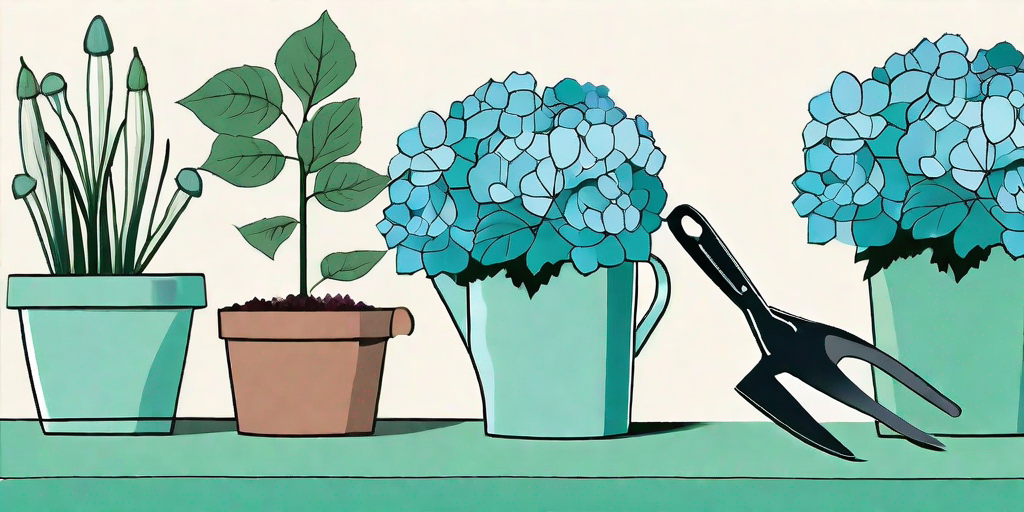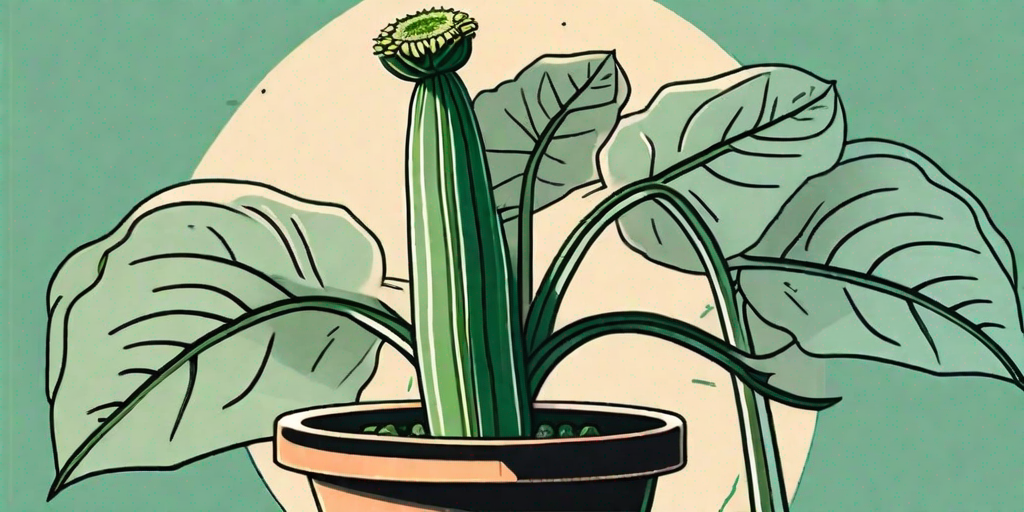
Ah, hydrangeas! The divas of the garden. They're beautiful, they're vibrant, and they're oh-so dramatic. One minute they're blooming with all the pride of a peacock, the next they're drooping like a teenager asked to do the dishes. But fear not, dear gardener, for we have the solutions to your hydrangea woes.
Understanding Your Hydrangeas
Before we dive into the nitty-gritty of hydrangea care, it's important to understand these plants a little better. They're not just any old flower, you know. They're hydrangeas, and they demand respect (and a little bit of pampering).
Hydrangeas are native to Asia and the Americas, and there are about 70-75 species of them. They're known for their large, beautiful, pom-pom like flowers that come in a variety of colors, including blue, pink, white, and purple. The color of the flowers can change depending on the pH level of the soil. Isn't that neat?
These plants love water (hence the name, which comes from the Greek words for "water" and "vessel"), but they also need good drainage. They're a bit like Goldilocks in that respect - conditions need to be just right. Too much water and they'll drown, too little and they'll wilt.
Hydrangeas also love the sun, but again, not too much. They prefer morning sun and afternoon shade. Too much hot, afternoon sun can cause them to droop and wilt. It's all about balance with these plants.
Reviving Drooping Hydrangeas
Now that we've got a bit of background, let's get to the main event: reviving those droopy hydrangeas. Here's a step-by-step guide to getting your hydrangeas back to their blooming best.
Step 1: Check the Watering
The first thing to do is to check the watering. Hydrangeas need a lot of water, but they also need well-drained soil. If the soil is too wet, the roots can become waterlogged and the plant can wilt. On the other hand, if the soil is too dry, the plant can become dehydrated and wilt.
So, how do you know if you're watering correctly? Well, the soil should be moist, but not soggy. If you stick your finger into the soil, it should feel damp, but not wet. If the soil is dry, water the plant thoroughly. If it's soggy, let it dry out a bit before watering again.
Step 2: Check the Sunlight
Next, check the sunlight. Remember, hydrangeas like morning sun and afternoon shade. If your plant is getting too much hot, afternoon sun, it could be causing it to wilt. Consider moving the plant to a more suitable location, or providing some shade during the hottest part of the day.
On the other hand, if your hydrangea is not getting enough sun, it may not bloom as well. Again, consider moving the plant to a sunnier location, or trimming back any overhanging branches that may be blocking the sun.
Step 3: Check the Soil pH
Finally, check the soil pH. Hydrangeas prefer slightly acidic soil, with a pH of around 5.5-6.5. If the soil is too alkaline, it can affect the color and health of the plant. You can test the soil pH with a simple test kit from your local garden center.
If the soil is too alkaline, you can add sulfur or aluminum sulfate to lower the pH. If it's too acidic, you can add lime to raise the pH. Just be sure to follow the package instructions carefully.
Preventing Future Droops
Now that you've revived your hydrangeas, you'll want to prevent future droops. Here are a few tips to keep your hydrangeas happy and healthy.
Regular Watering
Hydrangeas need regular watering to stay healthy. A good rule of thumb is to water them deeply once a week, or more often during hot, dry periods. Just remember to check the soil moisture levels to avoid over- or under-watering.
Proper Pruning
Pruning is important for hydrangeas, but it can be a bit tricky. Some varieties bloom on old wood, while others bloom on new wood. Be sure to know which type you have before you start pruning. In general, it's best to prune hydrangeas in late winter or early spring, before new growth starts.
Feed Your Hydrangeas
Hydrangeas also benefit from regular feeding. Use a slow-release, balanced fertilizer in the spring and again in mid-summer. Avoid feeding hydrangeas in the fall, as this can encourage new growth that may be damaged by winter frosts.
Frequently Asked Questions
Still got questions? Don't worry, we've got answers. Here are some of the most frequently asked questions about hydrangeas.
Why are my hydrangeas not blooming?
There could be several reasons why your hydrangeas are not blooming. They could be getting too much or too little sun, the soil could be too alkaline or too acidic, or they could be over- or under-watered. It could also be due to improper pruning. If your hydrangeas are not blooming, check these factors and adjust as necessary.
Can you change the color of hydrangeas?
Yes, you can change the color of some hydrangeas by adjusting the soil pH. In general, more acidic soil (lower pH) will produce blue flowers, while more alkaline soil (higher pH) will produce pink flowers. White hydrangeas, however, cannot change color.
How often should hydrangeas be watered?
Hydrangeas should be watered deeply once a week, or more often during hot, dry periods. However, it's important to check the soil moisture levels to avoid over- or under-watering. The soil should be moist, but not soggy.
Conclusion
So there you have it, folks. With a little bit of care and attention, you can revive your drooping hydrangeas and keep them blooming beautifully. Remember, hydrangeas are a bit like divas - they need a little bit of pampering, but the results are well worth it. Now go forth and garden!















